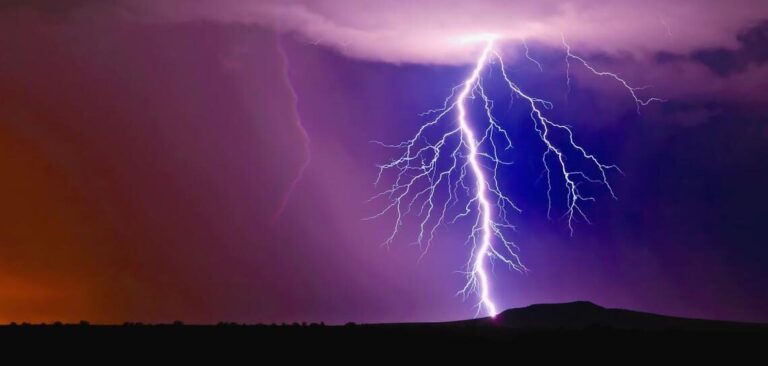According to new research conducted by the US National Center for Atmospheric Research (NCAR) and the Paris Sciences and Letters University, warming temperatures will potentially alter the climate in Alaska so profoundly later this century that the number of thunderstorms will triple, increasing the risks of widespread flash flooding, landslides and lightning-induced wildfires.
The research – published in two papers in Climate Dynamics – suggests that the sea ice around Alaska could largely give way to open water in the warmer months, creating an ample source of moisture for the atmosphere. This moisture, combined with warmer air that holds more water vapor, would turbocharge summertime storms over Alaska by the end of the century in a high greenhouse gas emissions scenario.
“Alaska can expect three times as many storms, and those storms will be more intense,” said NCAR scientist Andreas Prein, a co-author of the two papers. “It will be a very different regime of rainfall.”
The thunderstorms would extend throughout Alaska, even in far northern regions where such storms are virtually unheard of. In more southern regions that currently experience occasional thunderstorms, the storms would become far more frequent and peak rainfall rates would increase by more than a third.
Scientists used a suite of advanced computer models and a specialized algorithm to simulate future weather conditions and track the sources of moisture in the atmosphere. They noted that the affects in Alaska could be significantly reduced if society curbed greenhouse-gas emissions.
The findings have far-reaching implications for the 49th state. Flooding is already the most expensive type of natural disaster in central Alaska, and wildfires ignited by lightning strikes are a major hazard.
“We suspect that the increasing number of thunderstorms might have significant impacts, such as amplifying spring floods or causing more wildfire ignitions,” said Basile Poujol, a scientist with the Paris Sciences and Letters University and lead author of both papers. “Further studies are necessary to determine whether these impacts are likely to occur and, if so, their potential effects on ecosystems and society.”
The two studies were funded by the National Science Foundation, which is NCAR’s sponsor, and by the European Research Council.



